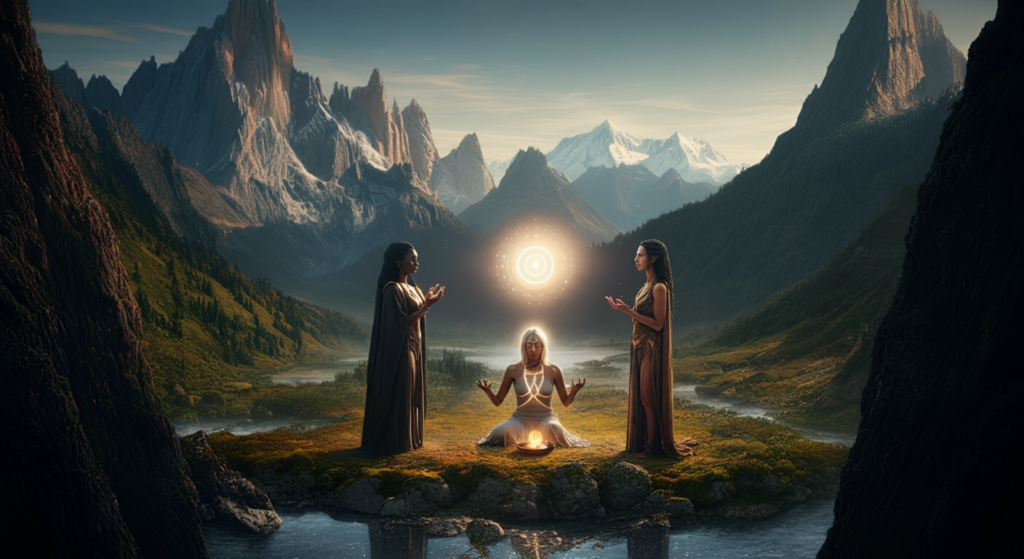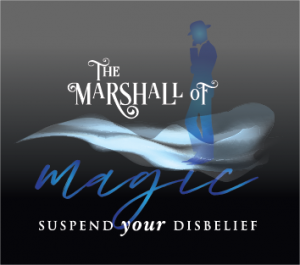Magic is a universal language that transcends borders, cultures, and generations. While the core principles of illusion and wonder remain the same, the styles and practices of magic vary greatly around the world. Exploring these diverse traditions offers a fascinating glimpse into how different cultures interpret the art of magic.
Asia: The Roots of Mysticism
In many Asian cultures, magic is deeply intertwined with mysticism and spirituality. Indian magicians, for example, are famous for their ancient rope tricks and fire acts. Chinese magicians often incorporate elements of martial arts and traditional folklore, creating performances that are as much about storytelling as they are about illusion.
Europe: The Birthplace of Modern Magic
Europe has a rich history of magic, from the court magicians of the Renaissance to the grand illusions of the Victorian era. Countries like France and England played pivotal roles in shaping modern magic, introducing iconic acts like levitation and escapology. Today, European magicians continue to push the boundaries of innovation while honoring their storied past.
Africa and the Middle East: Magic as Ritual
In many African and Middle Eastern cultures, magic is closely linked to rituals and ceremonies. Performances often incorporate elements of music, dance, and storytelling, creating a holistic experience that goes beyond mere illusion. These traditions highlight the communal and celebratory aspects of magic.
Celebrating Diversity
By incorporating elements from various cultures, magicians like Marshall of Magic create performances that celebrate the global nature of their craft. This approach not only broadens the appeal of magic but also fosters a deeper appreciation for its rich and varied history.






